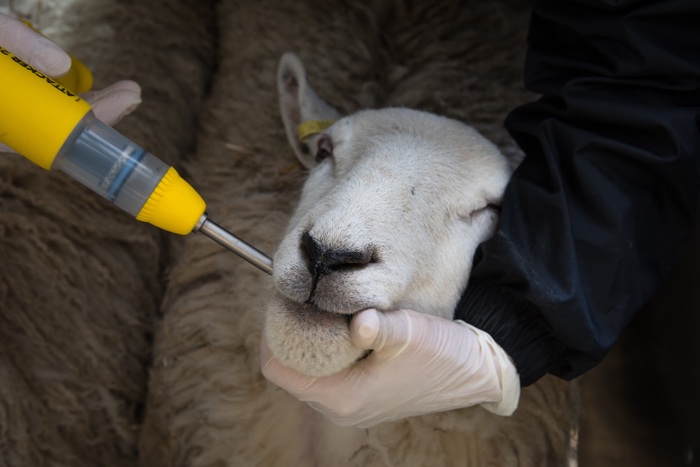An independent benchmarking survey has revealed a high level of industry engagement and understanding of the role of AMTRA Registered Animal Medicines Advisors (RAMAs) amongst the farming community and industry professionals.
Recognising the importance of the role of RAMAs (also known as SQPs) in the distribution of certain animal medicines, the anonymous telephone survey targeted a cross-section audience of stakeholders, industry partners as well as trade press.
Respondents included animal health charities, professional industry bodies, medicines manufacturers, as well as farmers and influencers within the farming community.
With 100 per cent of respondents recognising that AMTRA RAMAs play a useful role in providing advice to farmers when buying animal medicines, the survey also revealed strong awareness of the training and support (72%) AMTRA provides to its RAMAs.
The survey was commissioned by regulatory body AMTRA, with the aim to determine the perception, satisfaction and awareness of AMTRA and its almost 7,000 RAMAs within the farming industry, as well across the equine and companion animal sectors.
Asked a series of 12 questions, the respondents were invited to comment on both their personal and professional engagement with AMTRA and RAMAs.
Respondents particularly recognised the importance of the role of AMTRA RAMAs in the appropriate distribution of medicines, including many wormers and vaccines, and providing advice on resistance, often aligned with the advice from industry groups SCOPS and COWS.
Stephen Dawson, AMTRA secretary general explains, “Principally, the aim of this survey was for us to get a snapshot and evaluate the perceived performance of both AMTRA and our RAMAs within our industry, importantly including the views of farmers.
“We are delighted with the overwhelmingly positive feedback we have received, but this exercise has also been important in identifying areas which can be improved, or indeed where messages need to be amplified to create and raise awareness.
“While there is a good understanding of the training and CPD undertaken by RAMAs, we see the opportunities to work with industry partners, for example to raise awareness amongst the wider farming community, about their important role in the distribution of animal medicines.
“The challenge is to achieve greater awareness amongst industry, to ultimately encourage greater farmer adoption of this valuable RAMA resource.”


